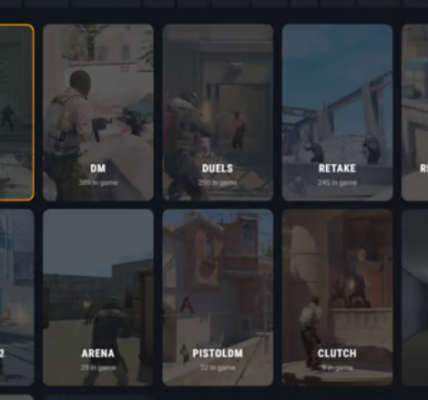The Growing Demand for Backend Development Services in the Gaming Industry
The gaming industry has undergone a remarkable transformation over the past decade, evolving from simple pixelated games to complex, immersive experiences with stunning graphics and intricate gameplay. This evolution has significantly increased the demand for backend development services, as modern games require robust, scalable, and efficient backend systems to support their ever-expanding needs.
The Complexity of Modern Games
Today’s video games are not only visually impressive but also technologically sophisticated. They often feature expansive worlds, real-time multiplayer interactions, and dynamic content updates. These complexities necessitate a powerful backend infrastructure to handle various functions such as data management, server-side logic, and player interactions.
Backend development in gaming involves creating and maintaining the server-side components of a game. This includes database management, API development, server infrastructure, and integration with cloud services.

The backend ensures that a game’s features operate smoothly and reliably, from managing player data and game states to enabling seamless multiplayer experiences.
The Role of Backend Development
- Data Management and Storage: Games generate vast amounts of data, including player profiles, in-game progress, and transaction histories. Efficient data management and storage are crucial for ensuring that this information is processed quickly and securely. Backend developers design and implement databases that can handle large volumes of data with high performance and minimal downtime.
- Server-Side Logic: Backend systems manage the core logic of games, including game rules, matchmaking algorithms, and real-time updates. This requires robust programming and system design to ensure that the game runs smoothly and responds quickly to player actions. Server-side logic also supports game features like leaderboards, achievements, and in-game economies.
- Scalability: The popularity of a game can lead to sudden spikes in player activity, which can strain server resources. Backend developers use cloud services and scalable server architectures to ensure that games can handle increased loads without performance degradation. This scalability is essential for maintaining a positive user experience and supporting long-term game growth.
- Security and Privacy: Protecting player data and preventing cheating are critical aspects of game development. Backend developers implement security measures such as encryption, secure authentication, and anti-cheat systems to safeguard sensitive information and ensure fair play. This helps build trust with players and maintain the integrity of the game.

- Integration with External Services: Modern games often integrate with various external services, including social media platforms, payment gateways, and analytics tools. Backend developers are responsible for creating and managing APIs that enable these integrations, allowing for features such as in-game purchases, social sharing, and performance tracking.
The Growing Need for Expertise
As the gaming industry continues to grow and evolve, the demand for skilled backend developers has surged. Game developers require experts who can design and maintain complex backend systems that support high-quality gaming experiences. This has led to an increased focus on hiring experienced backend developers who can tackle the unique challenges of the gaming industry.
In conclusion, backend development plays a crucial role in the success of modern games. The growing demand for backend development services reflects the industry’s need for sophisticated, scalable, and secure solutions that can support the next generation of gaming experiences. As technology continues to advance, the expertise of backend developers will remain essential in shaping the future of the gaming world.





